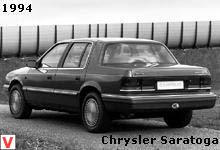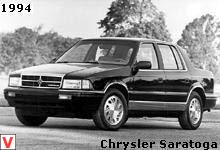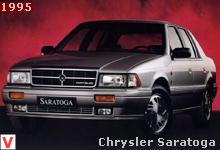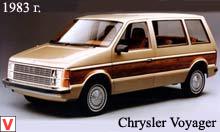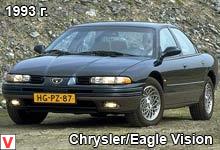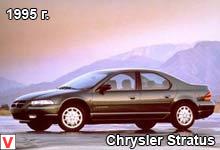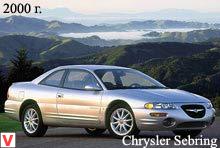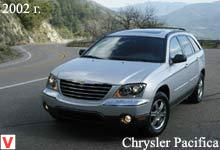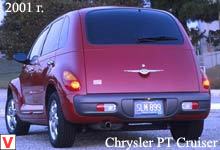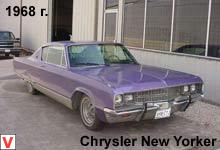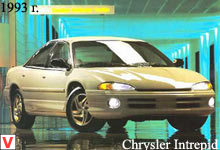
The first Chrysler Saratoga was created in 1951 and has a glorious history. In 1951, a Saratoga coupe with a 180 hp HEMI engine. took first place in the class adapted for racing production cars and became the second overall in the overall competition Carrera Pan-Americana. In 1960, the model was discontinued. Only in December 1989, production of the front-wheel sedan Saratoga resumed. Another similar model of concern DaimlerChrysler was Dodge Spirit. In February 1995, the production of both brands was discontinued.
The basic equipment of the vehicle GUR, electric windows, electric mirrors, air conditioning, velor interior, PB for the driver, audio package. For an additional fee were supplied ABS, leather interior, alloy wheels R16, climate control, cruise control, passenger compartment PB, CH, immobilizer, on-board computer, navigation system, parking sensors, electric front seats, etc. Chrysler Saratoga has the typical American design of those years; dimensions of the angular body are 4602/1731/1410 mm, the base is 2629 mm and the track is 1463/1453 mm.
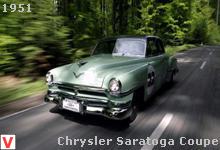
The size of standard wheels is 205 / 60R15. The curb weight of the car is 1310 kg, and the weight with a full load is 1870 kg. Clearance at full load 120 mm. Despite the insignificant by American standards exterior dimensions of the car is spacious enough inside.
Landing comfortable both in front and rear. The interior is ergonomic, the steering wheel is height adjustable, the location of controls and well-readable devices is convenient. The seats are wide and soft, with no lateral support. Forward visibility is good, the back is somewhat worse. Thanks to the washer nozzles built right into the brushes, the wipers are very productive. The trunk volume is 408 liters - not too much by today's standards. The rear seats do not fold on all modifications.
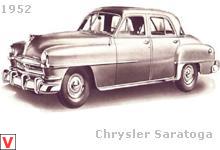
A 4-cylinder 2.5-liter 8-cylinder engine (99 hp, 184 Nm) was installed on the Saratoga, and the 6-cylinder 12-valve 6G72 Mitsubishi 3 l, traditional for many models of the Chrysler corporation of that generation, 225 Nm). The first engine was aggregated as 4AKPP, and 5MKPP, and the second - only an automatic transmission. The maximum speed of 163 km / h, acceleration to 100 km / h takes 13.8 s (for the 2.5-liter version). A car with a 3 liter engine is somewhat more dynamic: the maximum speed is 182 km / h and 11 s to hundreds. Consumption of 92nd gasoline 9.7 liters and 10.1 liters, respectively (in the combined cycle), in the city consumption is 12-13 liters.
Engine power is enough to feel confident in the city traffic, and if necessary, accelerate for overtaking. Handling is not bad, but taking into account the softness of the suspension traditional for the majority of overseas cars. It consists of a double wishbone at the front and an integral beam at the rear. Smooth ride at altitude. Brakes and front and rear disc; the pedal is quite informative.
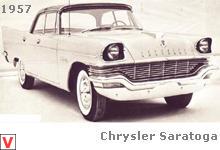
Brake Assist and STS stabilization system (optional) will help if necessary. The steering wheel is light due to the power steering, the reactions to it are predictable. This model was exported to Europe, and the tuning of ride quality was made with an eye to the European market.
This is especially noticeable on the more close to the sports characteristics of the model Dodge Spirit, also assembled on the Chrysler: dense suspension, sensitive steering wheel (from lock to lock 2, 6 turns), good acceleration and tenacious brakes.
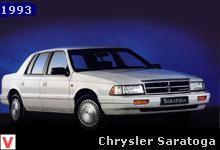
Other images auto Chrysler Saratoga
